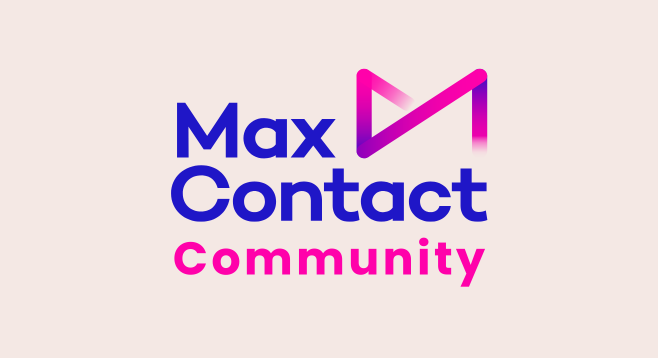According to WebMD, “burnout is a form of exhaustion caused by constantly feeling swamped.”
That’s an apt description of the situation many contact centre leaders and advisors find themselves in right now. During Covid, contact centres became the frontline of customer communications, if they weren’t already.
Employees had to deal with more calls, and field more difficult conversations. They had to do more with less, as the pandemic took its toll on staffing levels. They had to get used to remote work, and often in domestic situations that were far from ideal.
It’s no wonder our own research on burnout found that 83% of contact centre workers say they are burnt out or believe they will be soon. It’s no surprise that over half (52%) say their workload has increased dramatically.
The current situation is unsustainable and findings like these show it’s time to make a change. Here’s how to identify signs of burnout in your team, and what to do if you find them.
The warning signs of contact centre burnout
Good managers will instinctively know if their teams are facing excessive pressure. They’ll certainly know if workloads have increased as staff levels have dropped – a prime cause of burnout in the current climate.
But there are other signs, too. A study by the American Psychological Association put figures to the impact of burnout. It found that burned-out employees are 2.6 times more likely to be actively seeking a different job, 63% more likely to take a sick day, and 23% more likely to visit the emergency room.
In other words, if your contact centre is suffering from higher-than-normal rates of absenteeism and churn, you’ve probably got a burnout problem.
Aside from these flashing red warning signs, symptoms in individuals might include increased cynicism, a sense that they’re often “zoned out” at work, or low levels of engagement – perhaps with staff social occasions or team meetings.
These are the signs of burnout. The obvious question is – if you identify them in your own organisation, what can you do about them?
Prevention and cure
When it comes to burnout, prevention and cure are interlinked. It’s best if you put the steps in place to prevent burnout in the first place, but if it’s there already they can still help tackle the problem.
Here are five things you can do now:
- Keep staffing levels up
We know that in a red hot recruitment market, this is easier said than done. But there are things you can do to make your recruitment strategy more successful, and to keep your best staff from jumping ship. We’ve written about both recently. Tell stressed teams about your recruitment strategy, so they know the cavalry is on the way.
- Clarify agent roles
In our own research, the vast majority of respondents (88%) said their responsibilities had expanded since the beginning of the pandemic, without a pay rise or promotion. If that’s true in your organisation, it’s not sustainable. Make sure role responsibilities are clear, and if a member of staff is taking on more senior responsibilities, reward them accordingly.
- Prioritise continual learning
Agents are less likely to face burnout if they’re confident in what they do, and feel like they can handle whatever the day throws at them. Well trained staff are less likely to feel overwhelmed. Give them the knowledge they need to be better, and they’ll be less likely to suffer from the stress and panic that can lead to burnout.
- Check-in with staff regularly
Take the wellbeing of your employees seriously. Managers should organise regular one-to-one chats and make themselves available for impromptu meetings. Measure satisfaction and engagement levels with surveys and questionnaires. Organise team social events to blow off steam. If possible, train mental health champions and give employees access to wellbeing resources. Finally, encourage a switch-off culture: employees should disconnect from work at the end of every shift.
- Offer the right technology
Technology can ease workloads and increase job satisfaction, but it needs to be a smart solution rather than a sticking plaster. In contact centres, intelligent diallers can reduce manual labour, while self-serve can reduce customer contact and free up staff time for more complex calls. Meanwhile, good scripting and on-call coaching can help agents deal with difficult situations. That’s to name just a few of the ways good contact centre software can help you reduce agent burnout.
In other words, avoiding employee burnout in your organisation isn’t rocket science. Staff who are overworked, underappreciated and inadequately supported are likely to reach the point of burnout, or leave before they do. Both outcomes are poison for your organisation. Contact centres that want to thrive and grow will do all they can to keep that poison at bay.

MaxContact is customer engagement software that helps you drive impact, conversions and smarter customer experiences. Get in touch to find out how we can evolve your communications.




